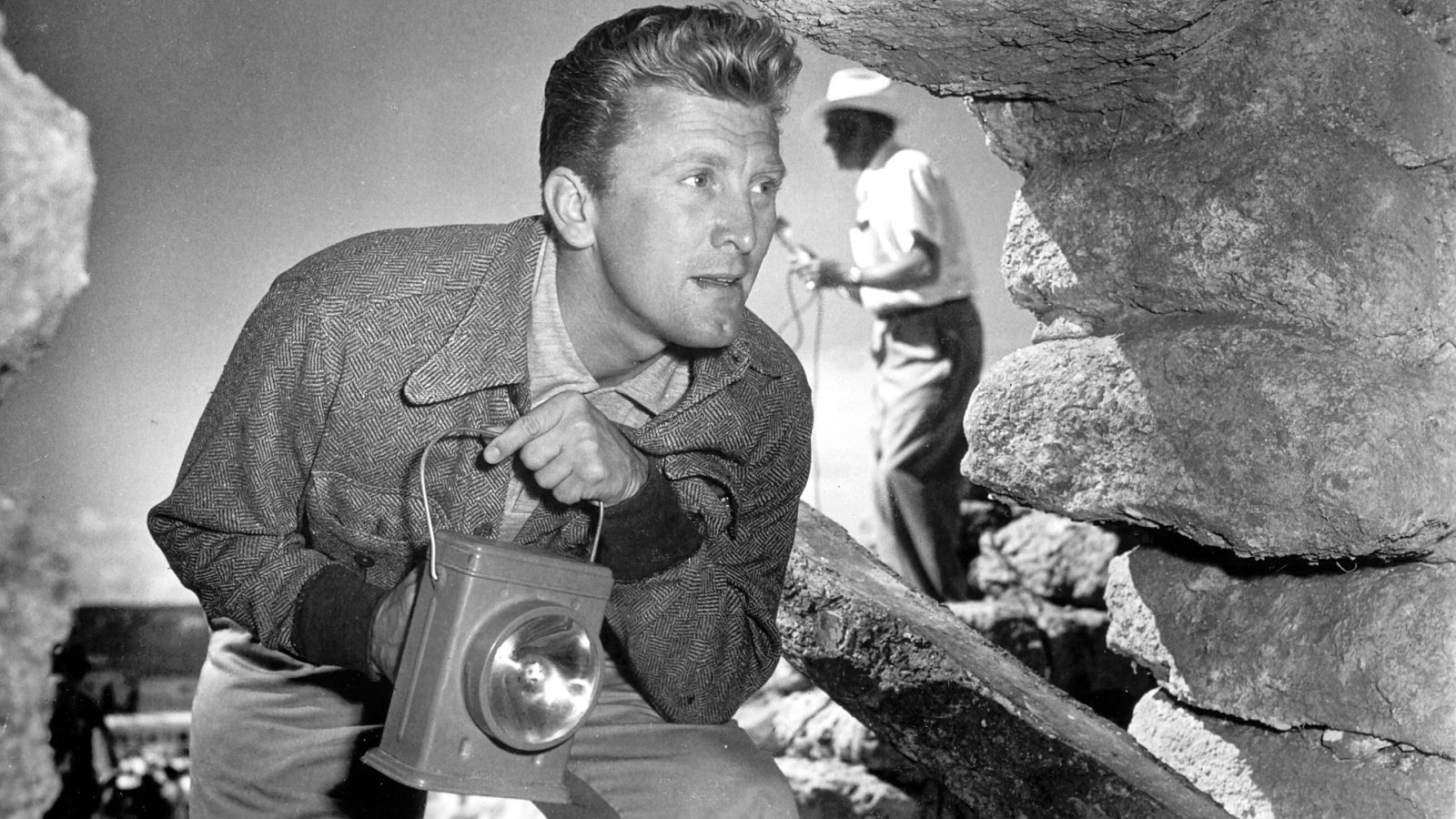February 26, 2019
New on the site: How fake news spreads
In this newly posted video, Twitter expert Deb Roy discusses the results of his lab's investigations into what we share on social media.

Even journalists can get trapped in social media echo chambers.
"Falsity dominates truth when it's left in the hands of millions of people to decide what to share."
— Deb Roy
Want a tweeted news story to go viral? Evoke two emotions, says MIT Media Lab Associate Professor Deb Roy: surprise and disgust. Accuracy? Not necessary—in fact, it'll slow your story down.
At the Sept. 24, 2018, screening of ACE IN THE HOLE at Coolidge Corner Theatre, Roy, former chief media scientist for Twitter, revealed that falsehoods are 70 percent more likely to be retweeted than the truth. (Fake news stories, not having to conform to reality, are much more likely to surprise Twitter users, according to Mr. Roy's research.)
During his fascinating presentation on the propagation of fake news, Mr. Roy explained how his lab used their access to every tweet ever tweeted to track the propagation of fake news, pinpoint what makes lies compulsively shareable, and to map the echo chambers that developed on Twitter among the general populace and journalists in the run-up to the 2016 election.
You can watch Mr. Roy's full presentation below. Then, if you want to dig deeper into the impact of communication technologies on society, check out Indiana University Cinema's 2014 Science on Screen event Social uses and effects of information and communication technologies, which featured a panel of communication experts with the animated documentary HUMANEXUS.
Film still courtesy of PHOTOFEST